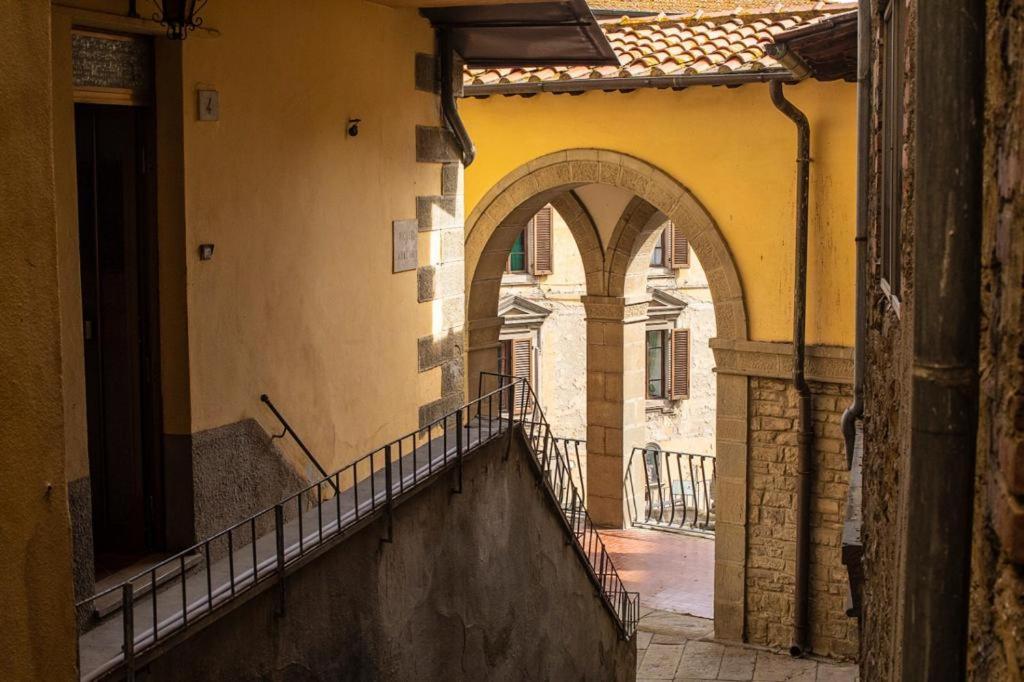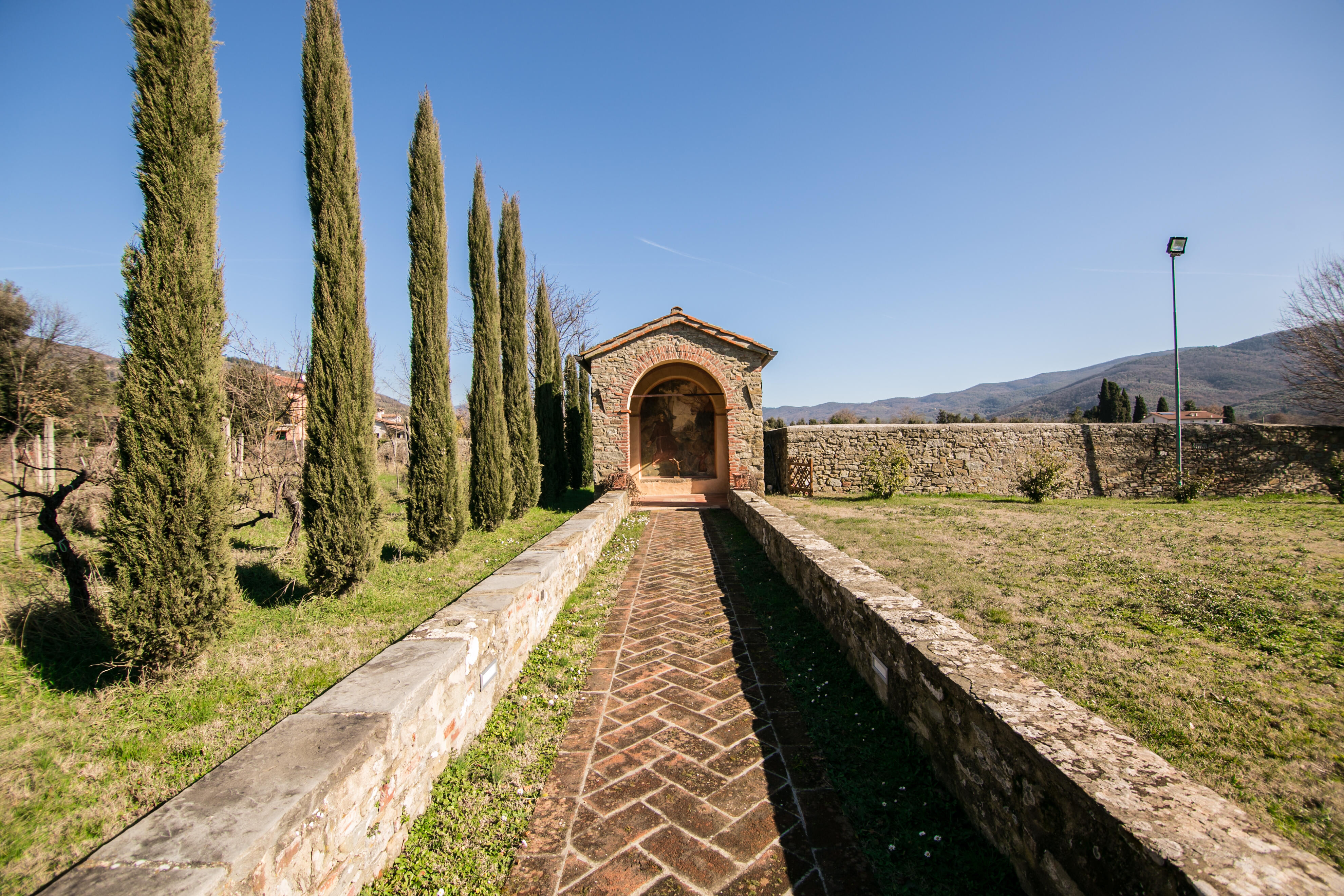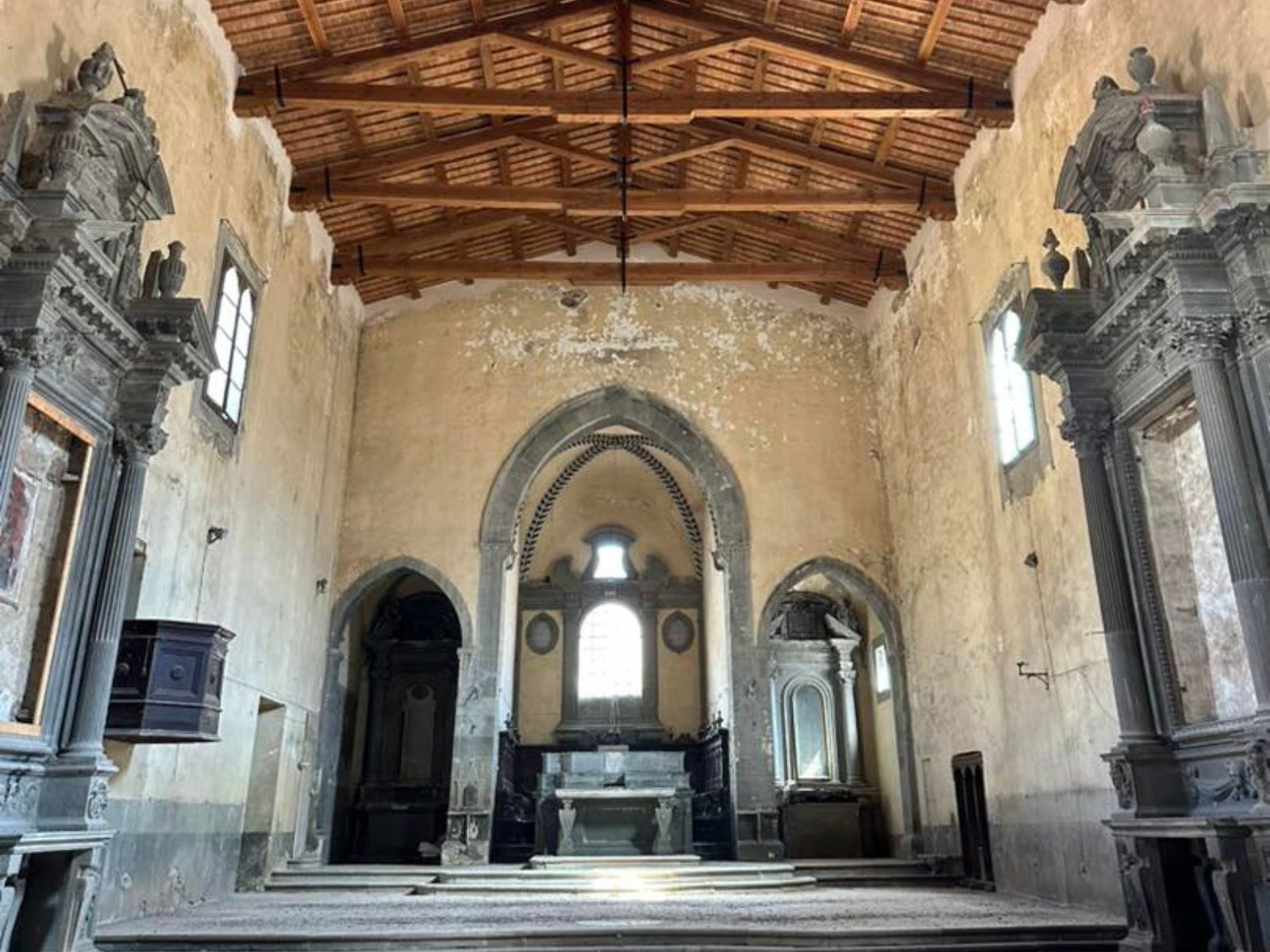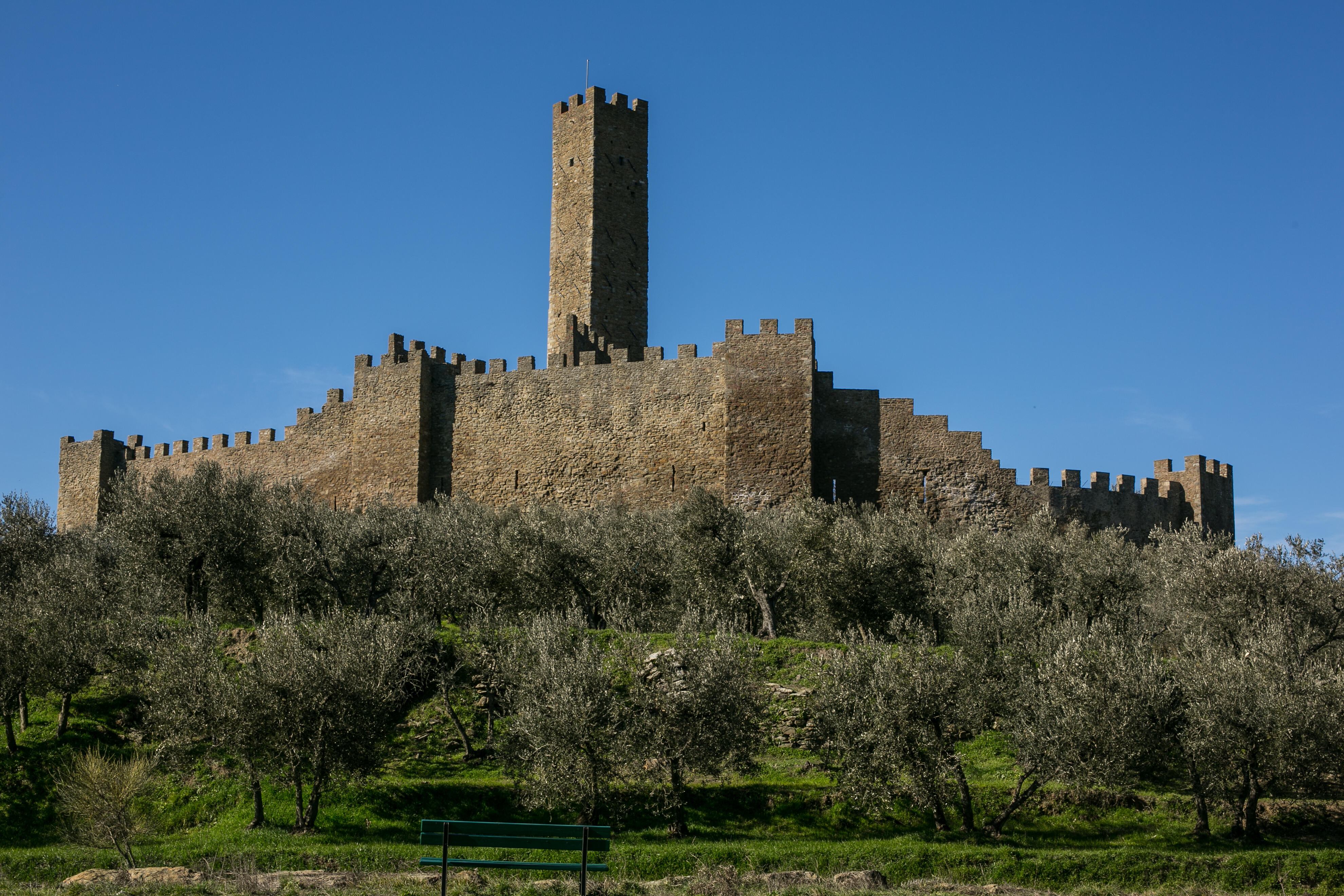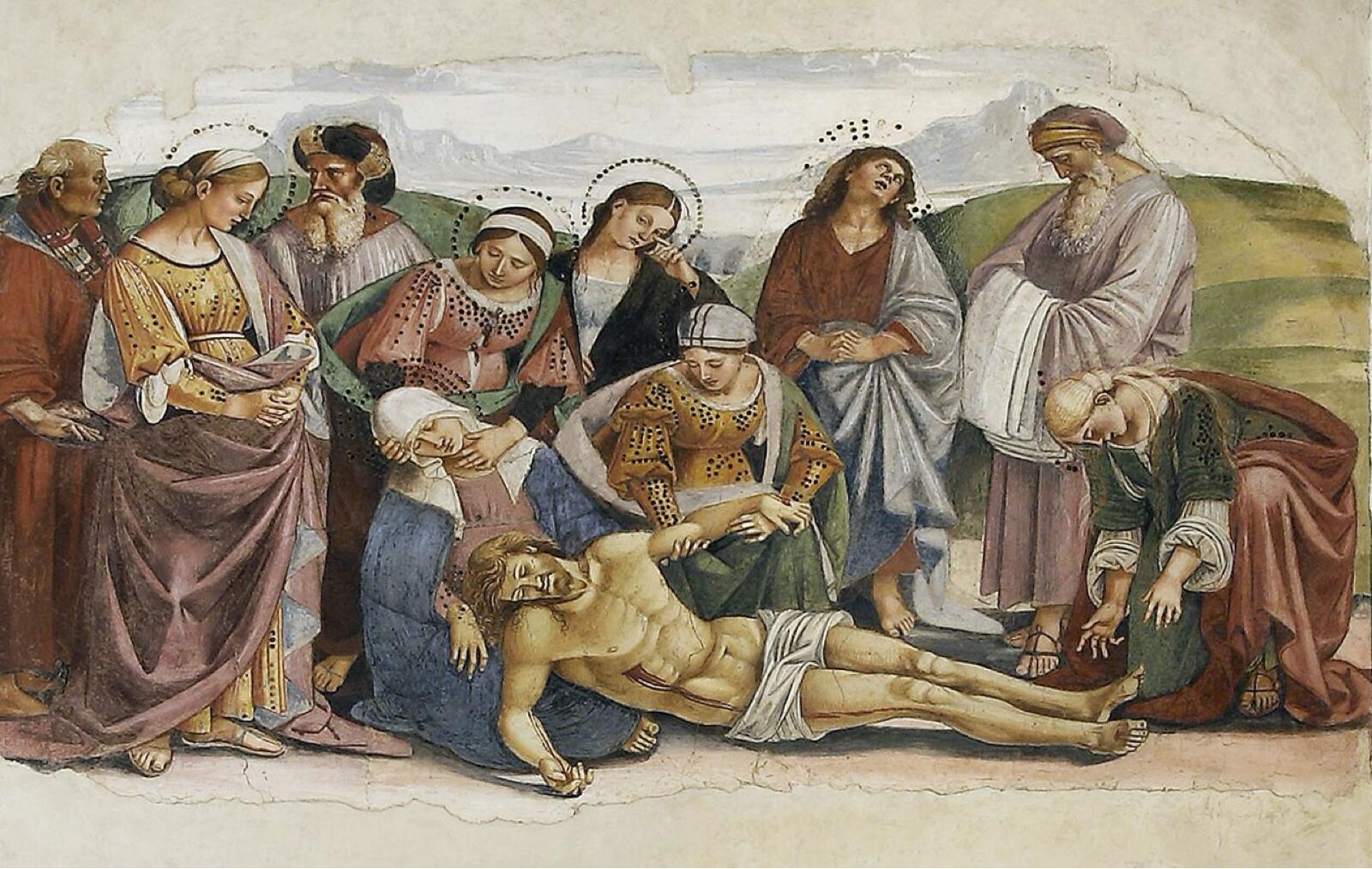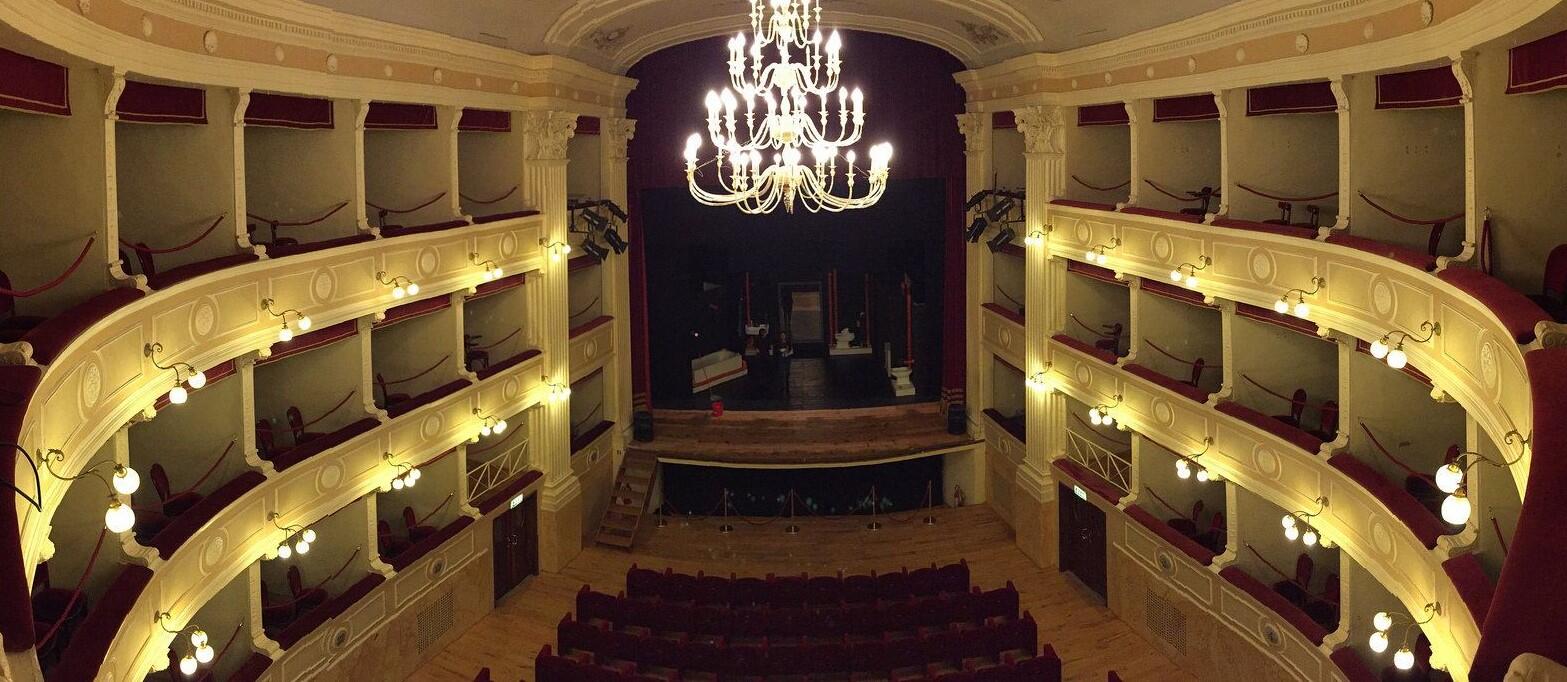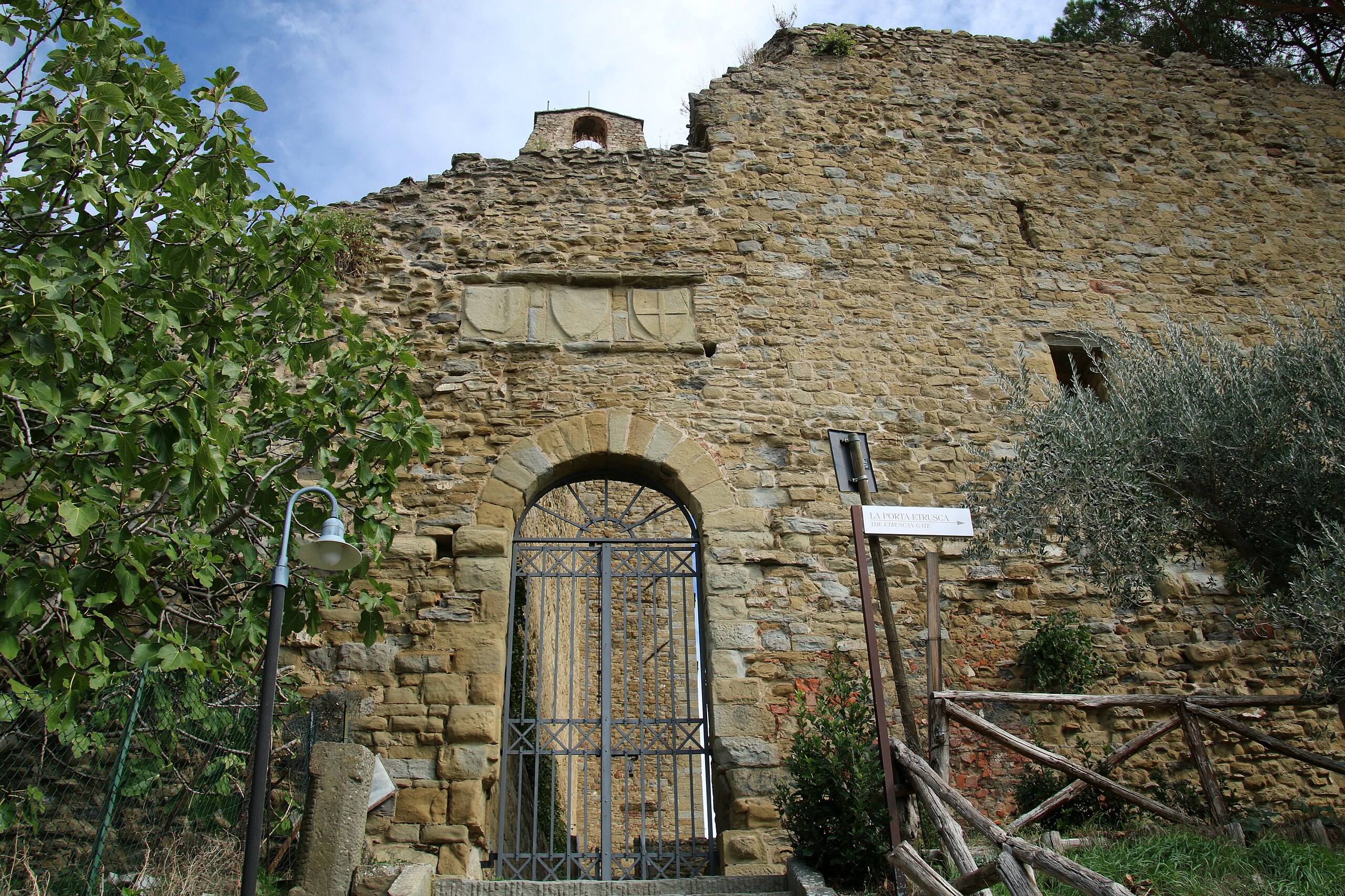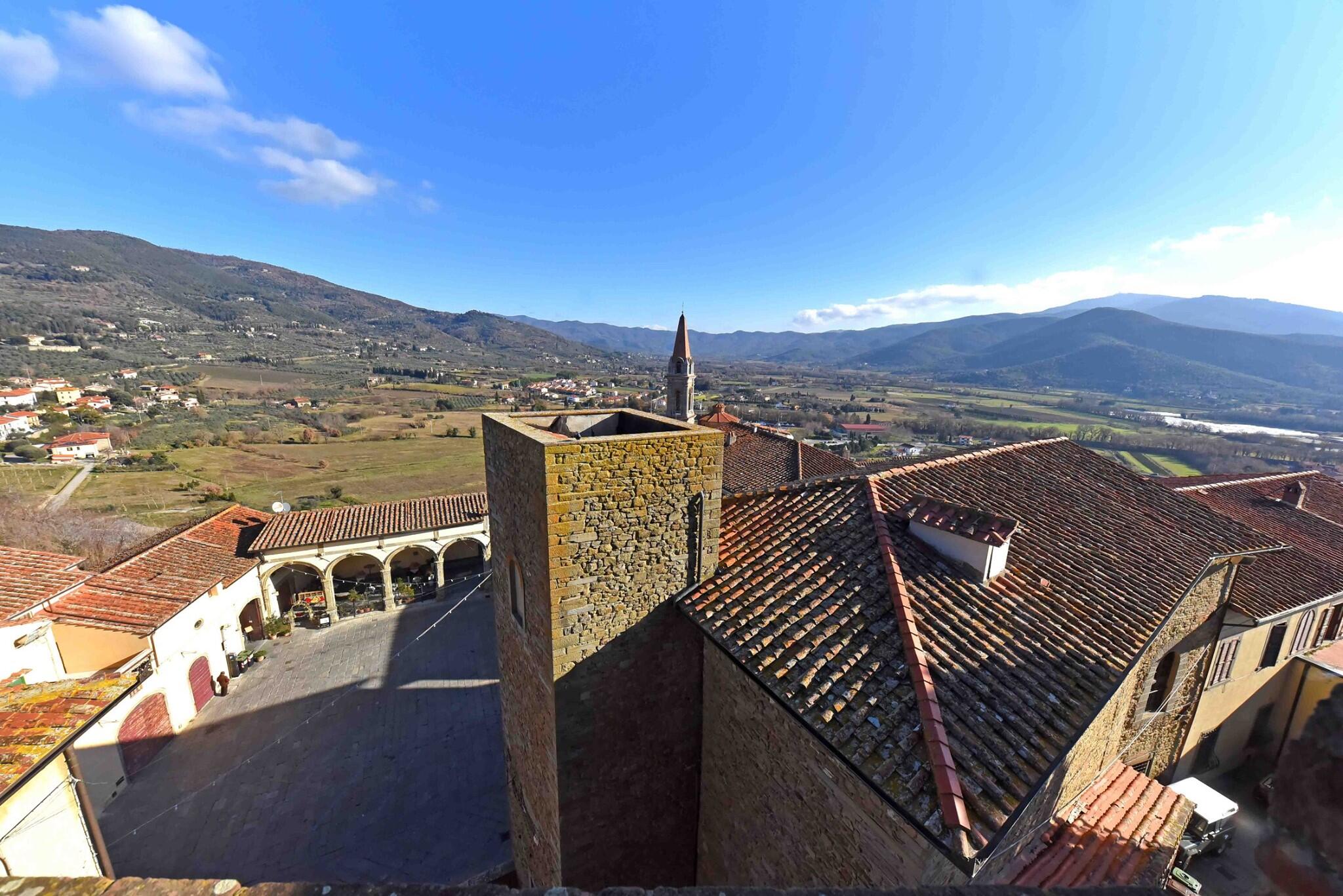POINT OF INTEREST
CHURCHES
Church of Sant'Angelo
Mentioned in written sources from 1147 onwards, the church of Sant'Angelo is the oldest building in the town.
Mentioned in written sources from 1147 onwards, the church of Sant'Angelo is the oldest building in the town. Between 1229 and 1239, what was once the small chapel of the Castle of Sant'Angelo was rebuilt, taking on the appearance it retains today.
It was a parish church until the Tarlati family expelled all the inhabitants from the keep and the parish priest moved to the church of San Giuliano.
The major transformations occurred after 1532, when the nuns of San Girolamo built the convent on the western side of the keep, using the old church.
They divided the area intended for the courthouse with a long wall; they also reversed the orientation of the church, creating a new entrance on the side of the building (today's entrance to the Pinacoteca).
In 1548, they built the Nuns' Choir, which allowed the nuns to follow the rites without being seen. The main altar, designed by Filippo Berrettini, was placed under the rose window at the entrance.
The church, suppressed in 1785, was used as a hospital and, during the French occupation, as a warehouse. After restoration, it was included in the Pinacoteca Comunale (Municipal Art Gallery).
The building has a single nave, a gabled façade, and sandstone block walls. Inside, it has a rectangular floor plan, with walls embellished with Gothic-style arches and single-lancet windows.
The structure covers much older buildings: in the crypt, during restoration work, several wall alignments made of large square blocks belonging to the Etruscan city walls (4th century BC) were discovered.
Archaic Etruscan (bucchero and impasto) and Hellenistic (grey and black-glazed ceramic) finds were displayed in two display cases, as well as a cinerary urn lid with an Etruscan inscription (3rd century BC).
Images that tell a story
Welcome to our gallery: a collection of images that tell moments, emotions, and details that often escape words. Each shot is a fragment of history, a memory to share, a perspective to explore. Browse and let yourself be inspired.


 ITA
ITA